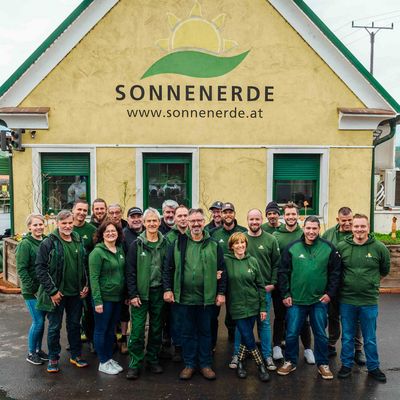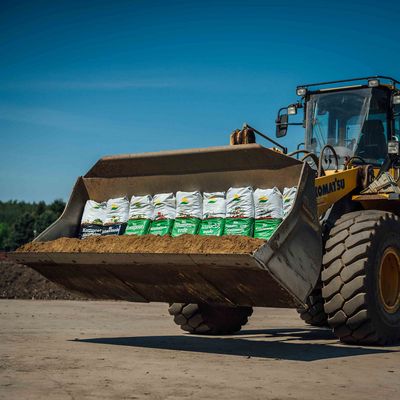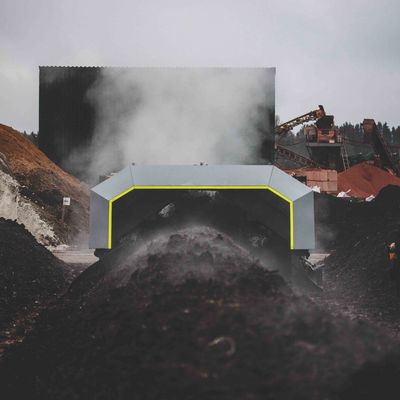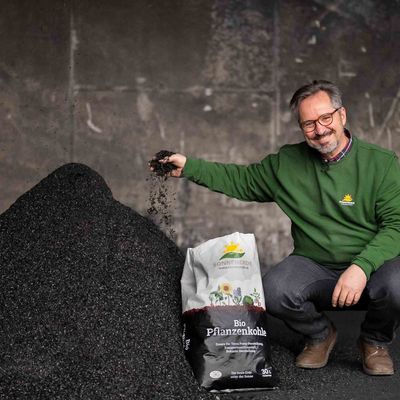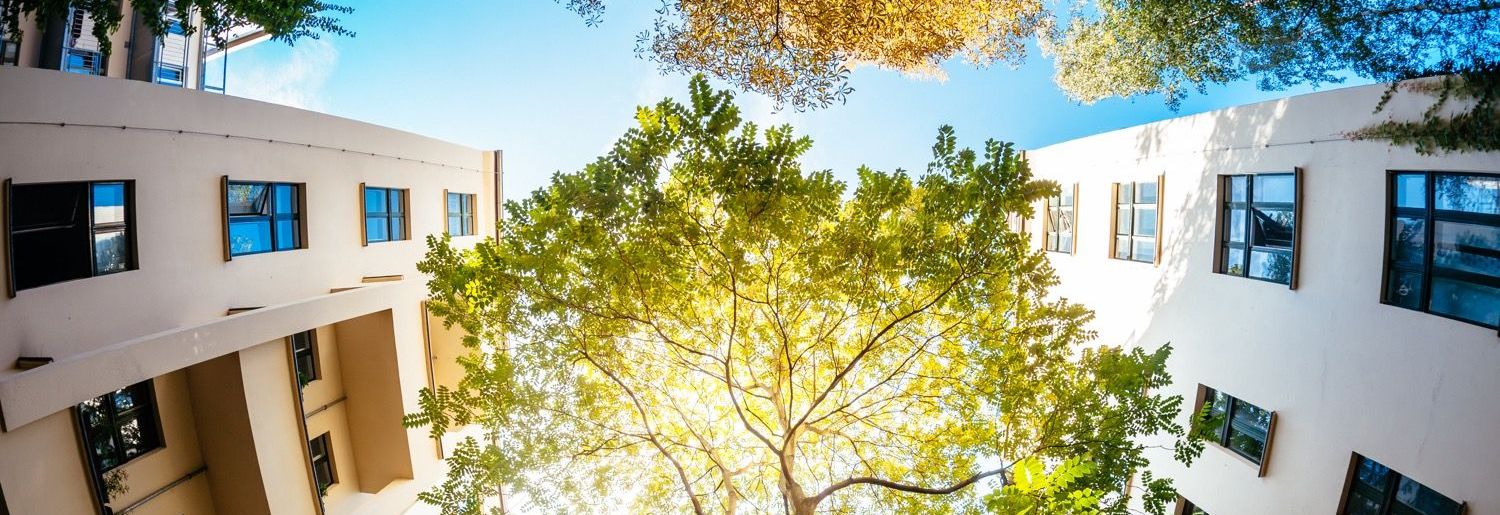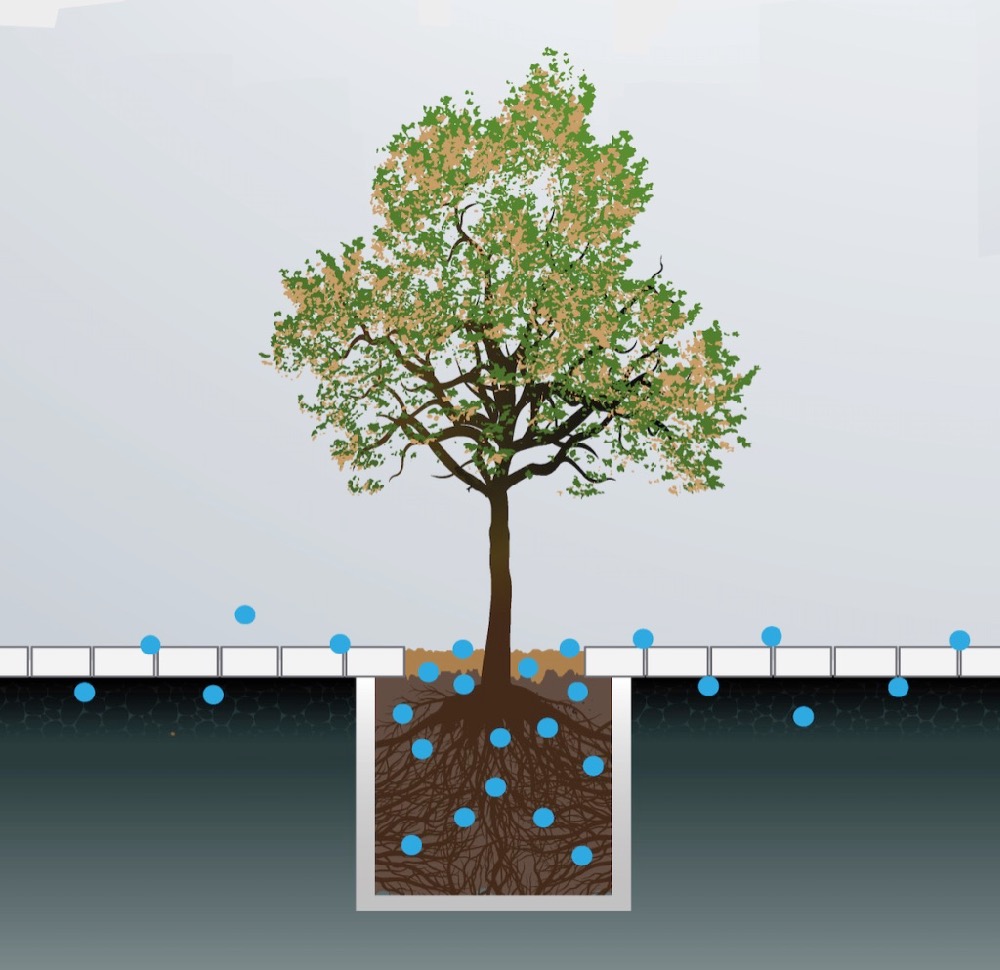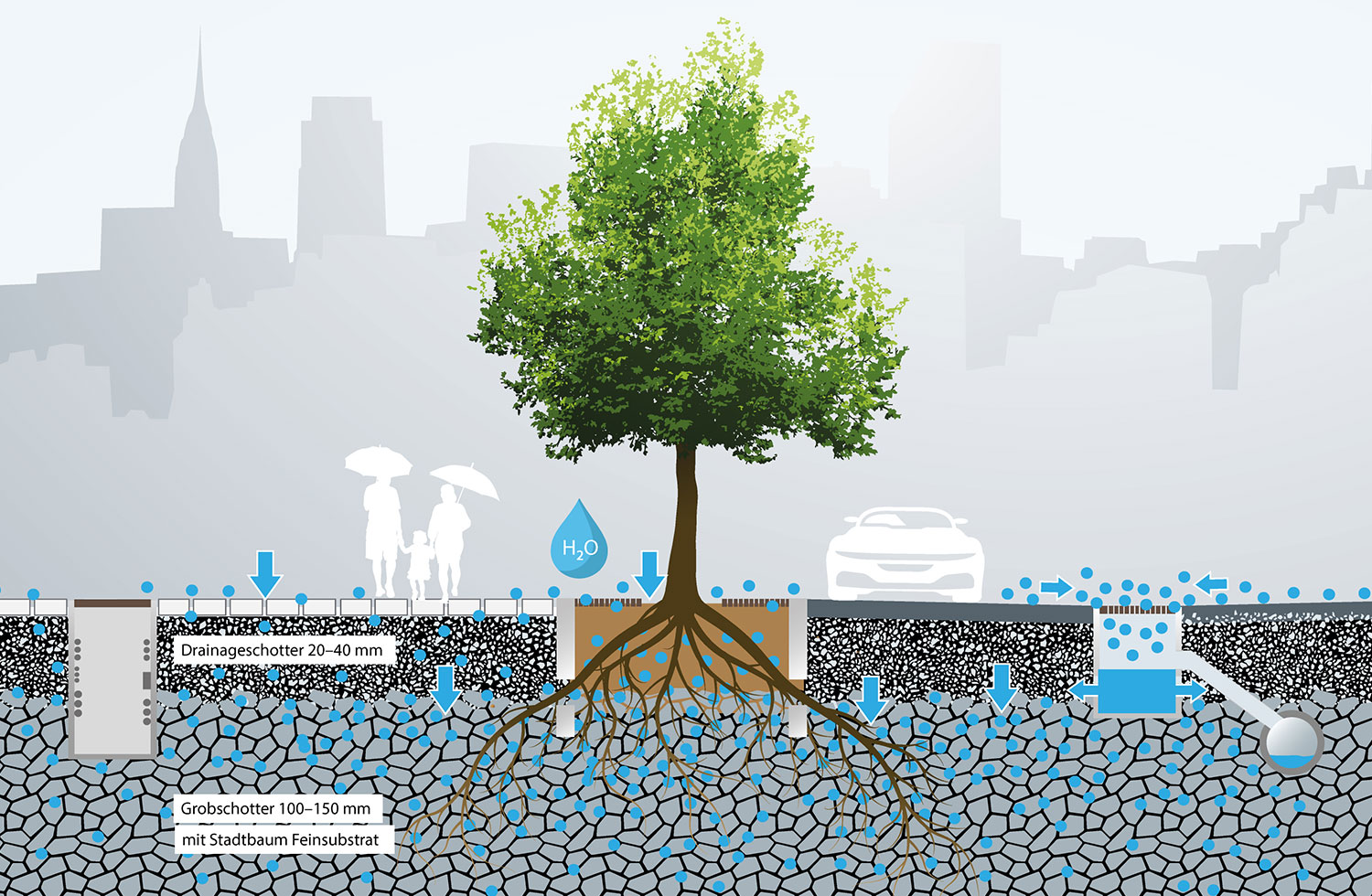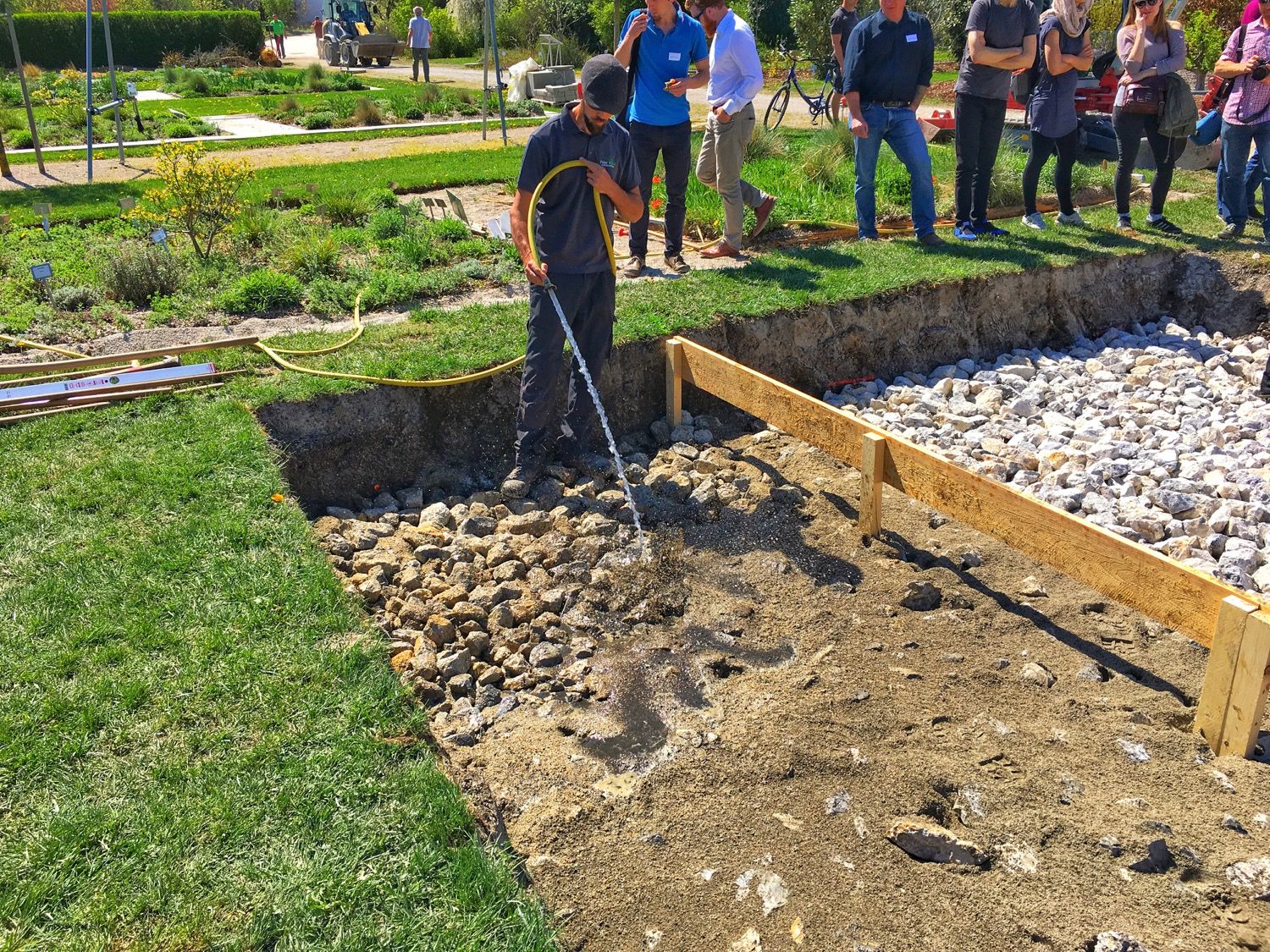The poorly growing and stunted urban trees are not just a sad cityscape - they are an untapped potential for cities to offer their inhabitants a better quality of life. Cities - whether villages or mega-cities - are increasingly struggling with the following problems:
- High noise levels
- Excessively high CO2 levels
- Waste water problems
- Overheating
- High danger during storms
- Sad cityscape
- Poor city air
Healthy and well-developed urban trees can bring a whole range of benefits as the lungs and filters of cities. The Stockholm tree planting system - known as "sps" for short - is therefore an opportunity for the managers AND the residents of urban centers.
The picture of the present quickly shows that the tree cannot develop due to the sealing of the surfaces and the "concrete pot". The roots are trapped, too little water reaches the roots and the supply of nutrients is more than limited.
The logical consequence is very weak growth, diseased and susceptible trees. A large proportion of the surface water is not available to the tree but is disposed of via sewers, which in turn results in disposal costs for the municipality.
All paved surfaces (with the exception of the roads) are open-pored. All surface water can penetrate the tree substrate and be stored here.
All pipes are accessible for inspection and maintenance via a walk-in cable shaft. Each tree has at least 30 m3 of rootable space. This results in a storage volume of around 5,000 liters of water per tree.
The trees show healthy growth again and can reach their natural age (over 100 years).
The surface water from the roads is channelled into the underlying drainage gravel via shafts, where it is distributed and can then seep evenly into the tree substrate.
An overflow in the channel ensures that the frost-prone zone remains dry. As a result, all tree roots remain in the lower substrate and there is no damage to the surface.
In winter, all salt-laden surface water can be drained directly into the sewer via a flap system.
The tree pit itself is filled with a structurally rich tree substrate.
The pores in the coarse skeleton are filled with Stadtbaum Feinsubstrat. In the wet installation method (skeleton made of 100-150 mm stones), this fine substrate is ground into 30 cm thick stone layers. In the dry installation method, this fine substrate is mixed dry with the stones (40/70) before installation and the finished mixture is installed all at once. This fine substrate was developed in collaboration with the City of Graz and DI Erwin Murer and consists of 4 parts washed quartz sand and one part Stadtbaum Konzentrat. The challenge in the development was not only the integration of the right biology and the right combination of nutrients, but above all the high stability - after all, the tree should be able to grow in it for several hundred years.
